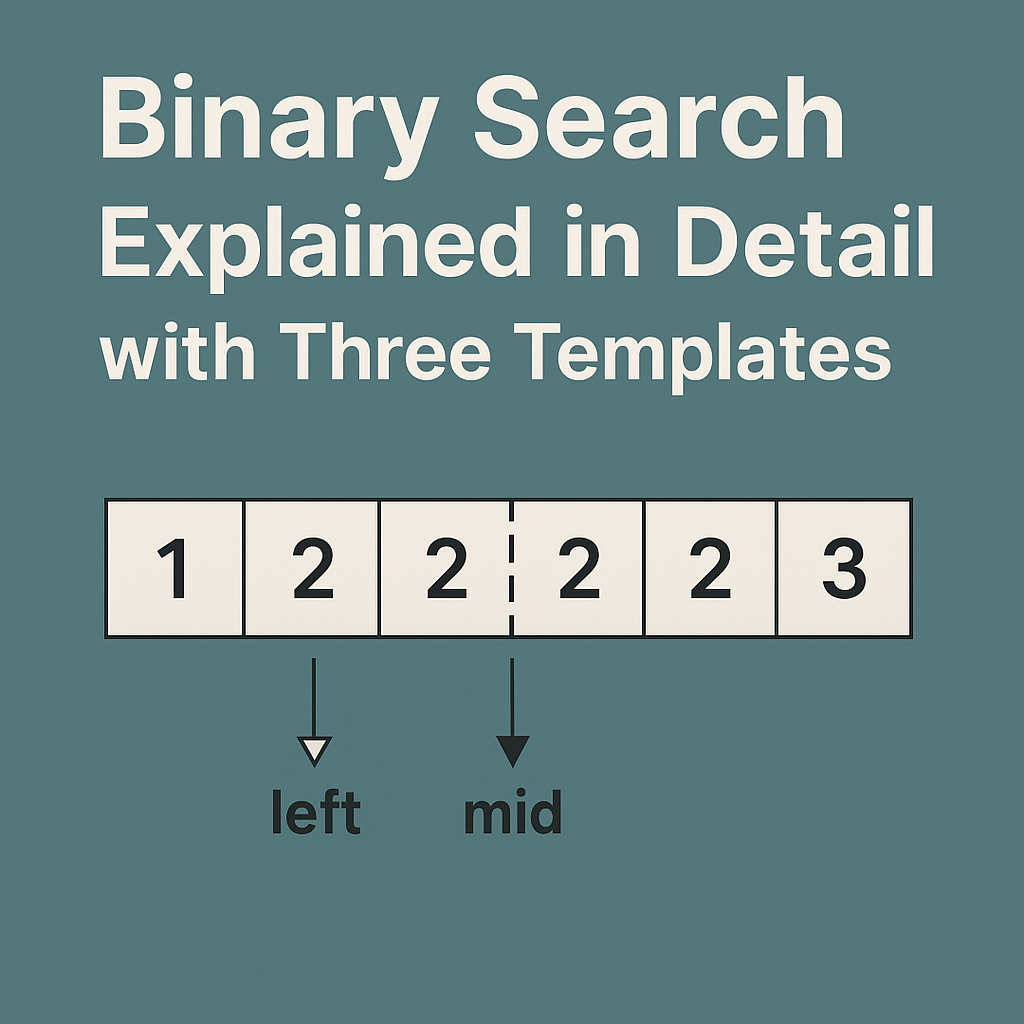Running Docker and ROCm on Steam Deck (Neptune 6.11+) in 2025 Jun
🐧 Running Docker and ROCm on Steam Deck (Neptune 6.11+) With SteamOS kernel 6.11+, Docker fails to start out-of-the-box due to missing kernel modules (bridge, br_netfilter, overlay). This guide walks you through enabling Docker, disabling the broken default bridge, and optionally testing ROCm-based containers. 🧱 Step 0 – Unlock the Filesystem SteamOS uses a read-only … Read more


